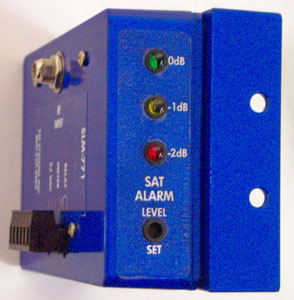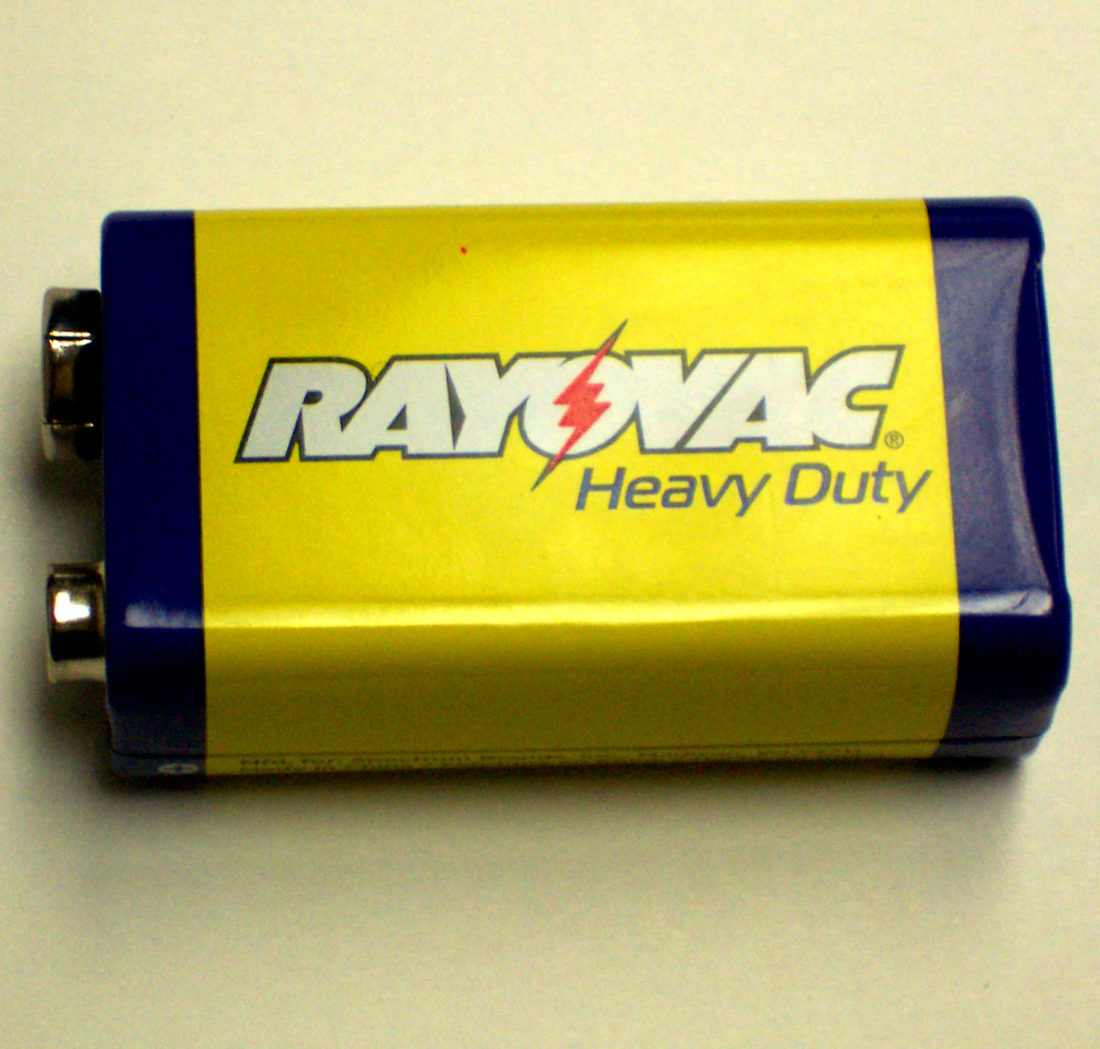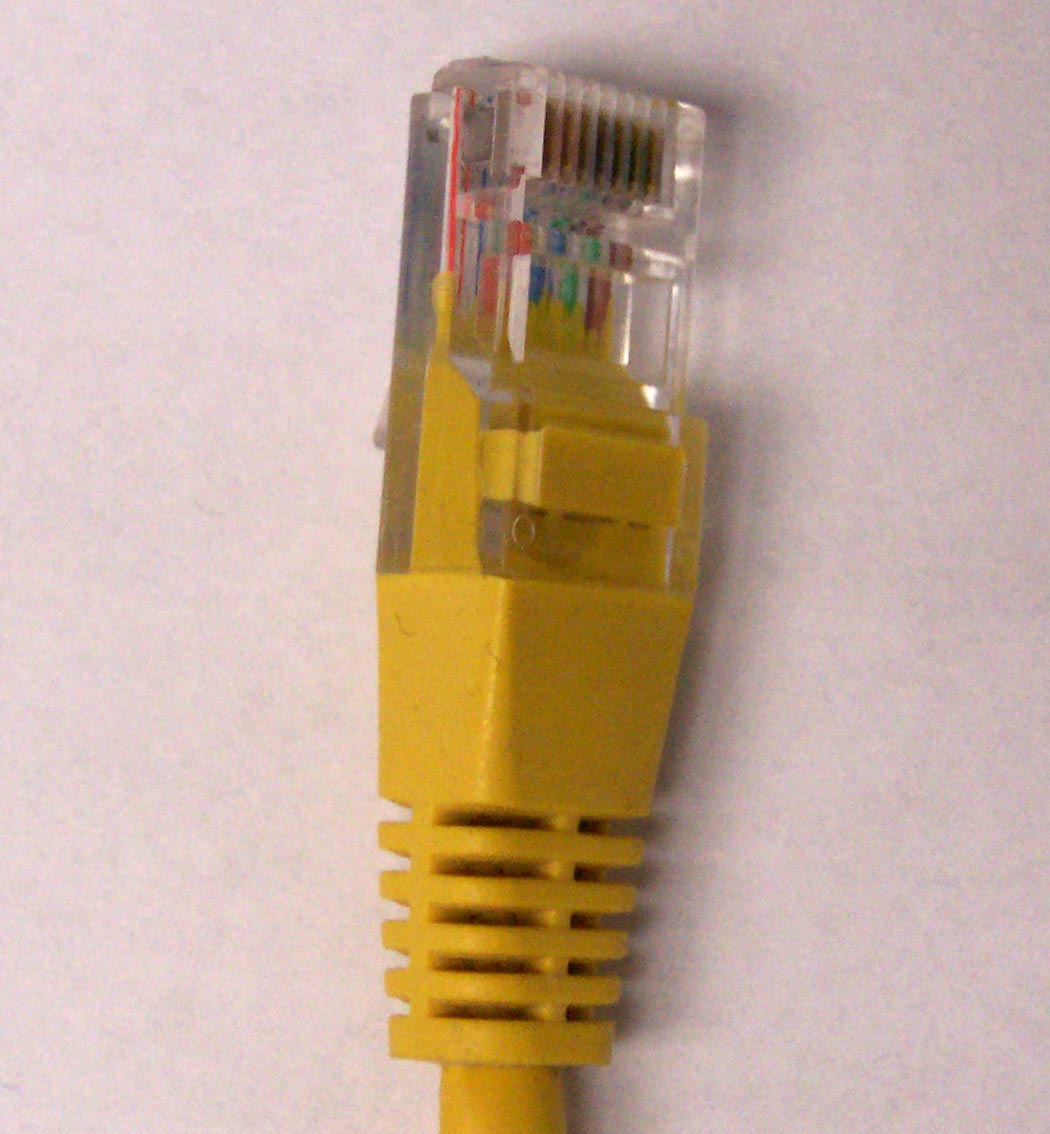
HOW TO MEASURE DIGITAL SATELLITE S/N RATIO
HOW TO MEASURE DIGITAL SATELLITE S/N RATIO
BY: Frank McClatchie
One of the greatest advantages of a digital satellite signal is that it does not show the effects of Gaussian Noise on the picture until the noise level completely overwhelms the signal level and causes excess bit error rate that prevents the signal from being decoded. This allows the RF Signal to Noise Ratio to be only a few dB greater than unity without noise impairment. However, it also prevents a system operator from discovering just how close he is to loosing the signal simply by observing the video signal for the presence of noise. A little extra snow loading on the Feed Horn or a somewhat heavier rain storm may wipe out the signal entirely without indicating any potential trouble condition in advance of a total loss of signal. Thus one of the major advantages of a digital transmission system can also lead to sudden failure of the signal without prior indication of a potential problem.
It is a good practice to measure your signal to noise ratio in the system from time to time so you won’t be surprised by a signal outage, caused by excessive noise level. To do this you must first find some way to remove the satellite signal without reducing the noise output of the LNB. This can be accomplished two different ways.
One way is to adjust the orientation of the satellite antenna so that the antenna cannot receive the satellite signal during the “LNB noise only” part of the test and the other way is to block the satellite signal from reaching the LNB by covering the LNB Antenna port so that no Satellite Signal can reach the LNB Amplifier.
Next you need a power meter capable of measuring the frequency band output of the satellite dish feed horn with at least 60 dB range. One such meter is the SDI-2 Signal Power Meter it can measure the signal level margin between the Gaussian Noise Level output of the LNB and the power level of the Satellite Signal in dB, thus directly measuring how many dB of signal level must be lost before the digital signal will be lost. When adjusting the dish off axis to find a spot where only noise is present us the meter and hunt for the lowest reading of wideband noise.
L_BAND SATELLITE SIGNAL POWER METER
The SDI-2 Signal Power Meter will measure the received power level from a Satellite signal (plus all Gaussian Noise) in dBm (at 75 Ohms), next by blocking out the satellite signal and measuring the pure noise level that results from the LNB output, then by subtracting the difference between the two readings you will have your signal to noise ratio reading. The reduction in power level between the sum of all satellite signals plus Gaussian noise (due to noise generated by the LNB), and the Gaussian noise alone is then the power level of the satellite signal compared to the measured noise alone in dBm.
Since the SDI-2 will read the power level for both conditions in dB, you can then simply compare the two power levels to get the existing Satellite signal safety margin.
Also by blocking the LNB feed horn incrementally you can determine at what signal to noise ratio level your satellite receivers will drop out due to increased bit error rate. To do this you must monitor the demodulated signal when incrementally attenuating (blocking) the feed horn input until you get a break up in the signal. In this way, you can check your LNB, and also your receiver sensitivity to the LNB output noise.
A measurement of the margin between the noise power level of the LNB and the power level of the actual satellite signal therefore defines the SIGNAL MARGIN at the power input to the Satellite Antenna.
If you operate a satellite dish in adverse conditions or bad weather locations, you might consider using a Satellite Level Monitor device to measure and display L-Band satellite levels and give you an alarm when your levels begin to drop before you get a failure. One such device is called the SLM771 L-Band Satellite Level Monitor. It continuously measures the output of your LNB and has a set point alarm to give you advanced notice of falling signal to noise ratio caused by snow loading, bug & bird intrusions, dish misalignment due to wind or movement, or any increase in LNB loss for whatever reason. It has both visual and telemetry voltage outputs calibrated in dB steps and an audible alarm with a relay contact for activation of external alarms or other equipment.
L-BAND SATELLITE LEVEL MONITOR
If you would like more information about these products or for pricing call: 800-235-6960.







